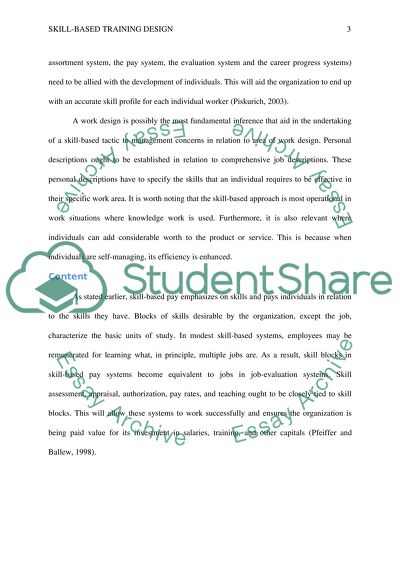Cite this document
(“Design assignment Example | Topics and Well Written Essays - 750 words”, n.d.)
Retrieved from https://studentshare.org/human-resources/1487854-design-assignment
Retrieved from https://studentshare.org/human-resources/1487854-design-assignment
(Design Assignment Example | Topics and Well Written Essays - 750 Words)
https://studentshare.org/human-resources/1487854-design-assignment.
https://studentshare.org/human-resources/1487854-design-assignment.
“Design Assignment Example | Topics and Well Written Essays - 750 Words”, n.d. https://studentshare.org/human-resources/1487854-design-assignment.


